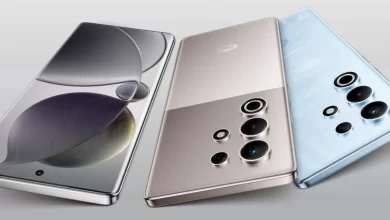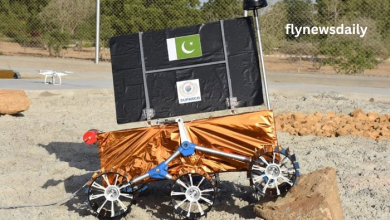
The Significance of Telecommunication Satellites in Modern Tech
In our hyper-connected world, telecommunication satellites play a crucial role in ensuring seamless communication. These marvels of technology orbit our planet, transmitting signals that keep us talking, navigating, and informed. From their humble beginnings to the sophisticated systems we rely on today, telecommunication satellites have come a long way, shaping modern technology in unimaginable ways.
How Telecommunication Satellites Work
Understanding Satellite Functionality
Telecommunication satellites act as relay stations in space, receiving signals from one point on Earth and transmitting them to another. The process starts when a ground station sends a signal to the satellite, which then amplifies and retransmits it to the receiving station. This simple yet effective process enables global communication, from phone calls to internet access.
The Mechanics of Satellite Operation
Satellites are equipped with transponders that receive and send signals. They also have solar panels to harness energy from the sun, ensuring uninterrupted service. These satellites are meticulously designed to withstand the harsh conditions of space, including extreme temperatures and cosmic radiation.
Types of Satellite Orbits
Telecommunication satellites occupy various orbits, each serving different purposes. The most common types include:
- Geostationary Orbit (GEO): These satellites remain fixed above a specific point on Earth, ideal for broadcasting and weather monitoring.
- Medium Earth Orbit (MEO): Positioned between GEO and Low Earth Orbit (LEO), MEO satellites are often used for navigation systems like GPS.
- Low Earth Orbit (LEO): Closest to the Earth, LEO satellites are perfect for high-speed data transmission and are increasingly used for satellite internet services.
The Role of Telecommunication Satellites in Daily Life
Enhancing Communication
Telecommunication satellites have revolutionized global communication. They enable long-distance phone calls, video conferencing, and internet access, bridging the gap between continents. Without these satellites, our world would be far less connected.
Navigation and GPS Services
Satellites are integral to modern navigation systems. GPS relies on a constellation of satellites that provide accurate positioning information, essential for everything from driving directions to military operations. This technology has become so ingrained in our daily lives that it’s hard to imagine a world without it.
Broadcasting and Entertainment
From live sports events to weather forecasts, telecommunication satellites bring real-time content to our screens. They transmit television and radio signals, ensuring that we stay entertained and informed. In remote areas where cable or terrestrial services are unavailable, satellite broadcasting is a lifeline.
Real-World Applications
In remote areas, telecommunication satellites are vital for providing internet and phone services. They are also crucial during disasters, where terrestrial networks might be damaged. For instance, during natural calamities like hurricanes and earthquakes, satellite communication ensures that rescue teams can coordinate their efforts effectively.
Key Innovations and Future Trends
High-Throughput Satellites (HTS)
High-Throughput Satellites represent a significant leap in satellite technology. These satellites provide much higher data transfer rates, making them ideal for high-speed internet and data-heavy applications. HTS is transforming how we use satellite internet, offering speeds that rival traditional broadband services.
Miniaturized Satellites
The advent of miniaturized satellites, or CubeSats, has opened new possibilities. These small yet powerful satellites are cheaper to launch and can be used for various applications, from scientific research to commercial communications. They are paving the way for more accessible and versatile satellite technology.
The Future of Satellite Internet
Satellite internet is set to play a crucial role in bridging the digital divide. Companies like SpaceX and OneWeb are deploying constellations of LEO satellites to provide global internet coverage. This initiative aims to bring high-speed internet to underserved and remote areas, ensuring that everyone has access to the digital world.
The Ever-Evolving Landscape of Telecommunication Satellites
Telecommunication satellites have become indispensable in our daily lives, from enabling global communication to providing emergency services. With ongoing innovations and future trends, the role of these satellites will only expand, bringing us closer to a truly connected world. Whether through high-throughput capabilities or miniaturized designs, the future of telecommunication satellites is bright and promising.
For tech enthusiasts and businesses alike, keeping an eye on these developments is essential. The advancements in satellite technology not only promise to enhance our daily lives but also open new avenues for innovation and connectivity.
—
By leveraging the power of telecommunication satellites, we can look forward to a future where everyone, regardless of location, has access to reliable communication and information. Stay tuned to learn more about this fascinating field and how it continues to transform our world.



